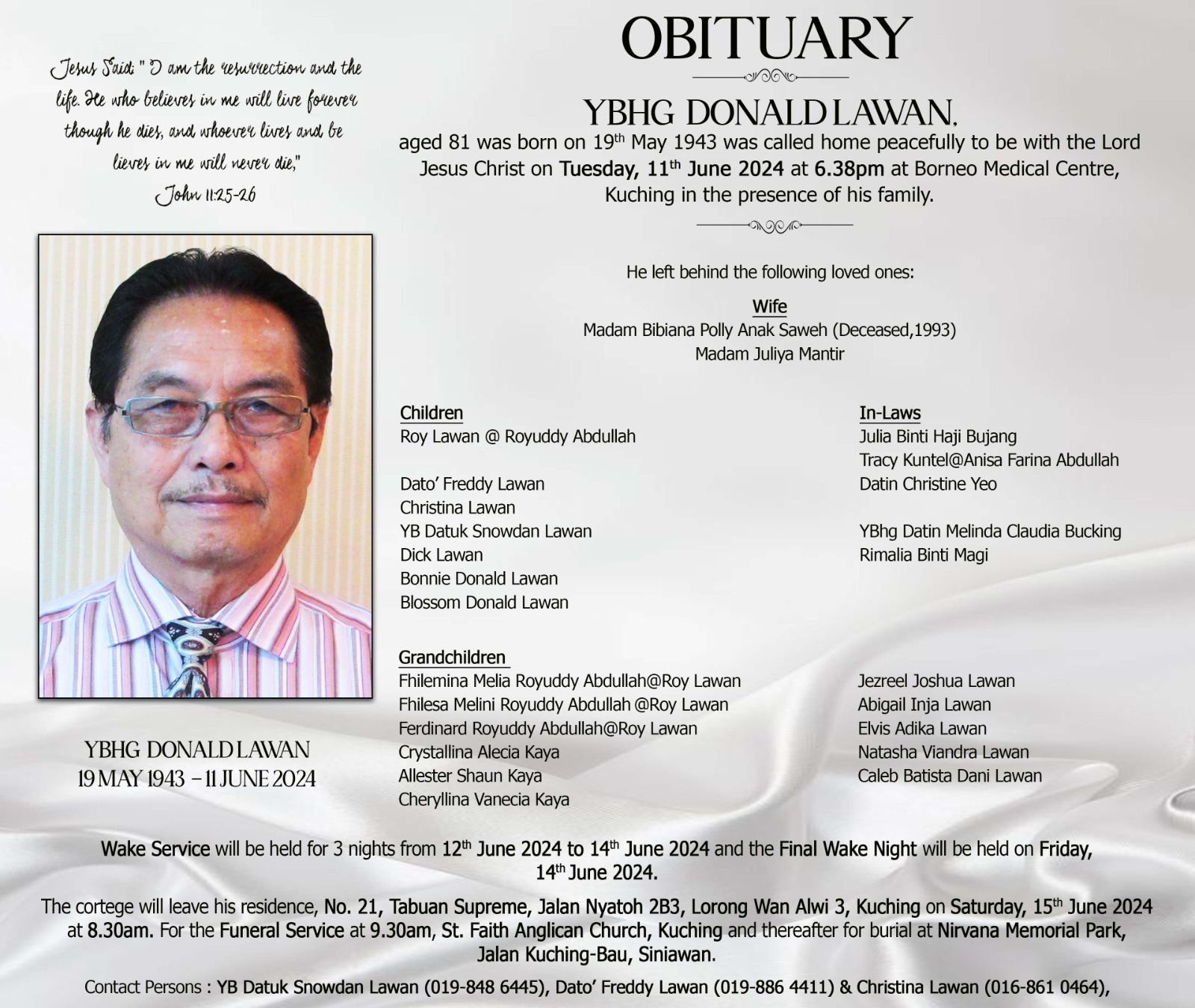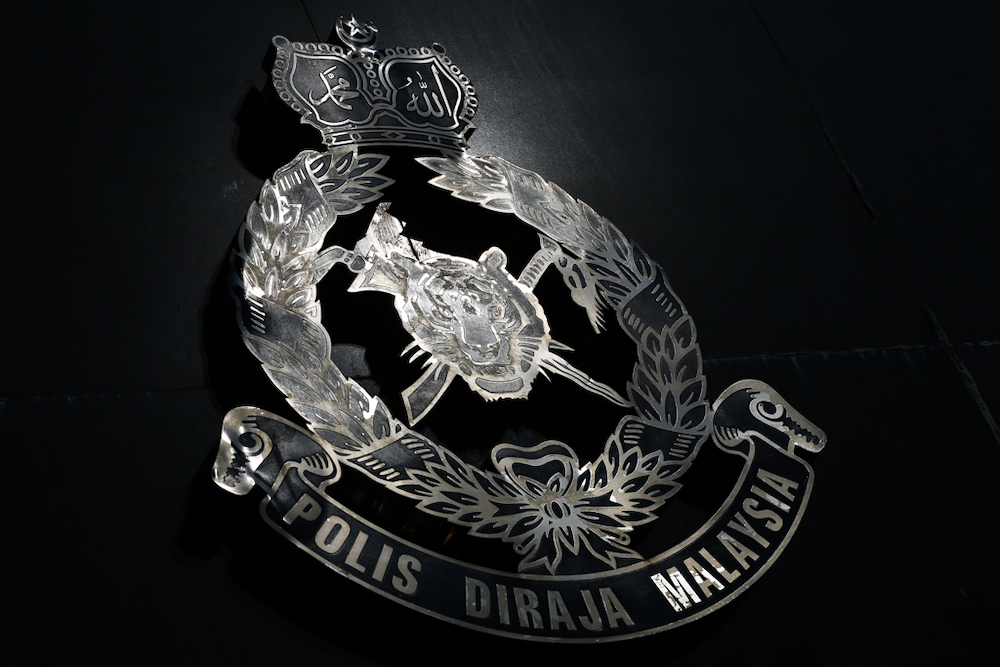ADVERTISE HERE
 Bau welcomes the world.
Bau welcomes the world.By Ling Hui & Marlynda Meraw
THERE was a time in Bau when you could lie down in the middle of the road without fear of being hit by a car. About 15 to 20 years ago, road traffic was almost non-existent and one could count the number of cars on the fingers of one hand.
Fast forward to today, and Bau has transformed into a booming district with daily traffic jams, especially during peak hours when residents commute to and from Kuching for work.
Bau’s growth has been so significant over the past couple of years that it now outpaces many other previously more developed towns.
Retired teacher turned professional artist Melton Kais, 64, who moved from 10th Mile to Bau over 40 years ago after marrying a local, likened Bau’s bustling streets today to those of Kuala Lumpur.
“I can see it myself. I see the difference. When I first came here, you can count cars on your fingers. And now, it’s just like Kuala Lumpur. Bau town is so congested today that you can hardly find parking spaces around, and the roads are always full of cars.
“I’ve been here for over 40 years, so I see the difference. You compare 10th Mile, which was the main town last time, with Bau. Back then 10th Mile was better than Bau, but now Bau has shot up, and 10th Mile will never be able to catch up with Bau.
“The people from Penrissen are coming here (to Bau) now. They said that there’s nothing that is unavailable in Bau,” he said.
 Roads in Bau are often busy with traffic.
Roads in Bau are often busy with traffic.Concurring with Melton, geologist and former journalist Nathan Achuk said what was once a quiet area with minimal amenities now boasts multiple supermarkets, a variety of eateries, banks, and other essential services.
He said Bau has become a vibrant commercial hub, drawing people from surrounding areas including Kuching, the capital city of Sarawak, for shopping and dining.
“When I first came here (to Bau), there’s no supermarket or Ming Ming (Food Court) and all that. Now, what do we have here? We have Everwin, Unaco, KFC, Super Save, Borneo Fresh Pork, and two PMG pharmacies.
“For a small town, we have two Shell stations and one Petronas station. We also have four private clinics and a dental clinic setting up operation here. We have four schools, and I think there is a proposal to have another one or two coming up.
“And this part where we are sitting now, used to be a jungle. This is what we call progress,” he told DayakDaily when met at a residential area at Taman Goldhill in Bau recently.
 Nathan (left) and Melton talking to DayakDaily at a residence in Bau recently.
Nathan (left) and Melton talking to DayakDaily at a residence in Bau recently.Other than signifying growth and the people’s purchasing power, he said, the vast array of businesses setting up in Bau also points to the immense potential for investment in the area. Housing development has also seen a rapid increase, with new private residential areas such as in Siniawan and Jambusan emerging to accommodate the growing population.
In terms of tourism, Bau is home to some of the best limestone caves—Fairy Cave and Wind Cave; the stunning blue lake Tasik Biru; mystical peaks such as Bung Jagoi and Bung Bratak which draw the adventurous; over a dozen historic temples and shrines; as well as food so good that you’ll keep coming back for more.
The number of tourism products Bau offers today and has the potential to offer in the near future is beyond one’s expectation. Whether you’re a nature lover, a hiker, a foodie, a spelunker, a history buff, or just a tourist in search of a unique experience, Bau will not disappoint!
 Stunning scenery from the peak of Bung Jagoi.
Stunning scenery from the peak of Bung Jagoi. Bau’s unique blue lake which is aptly named Tasik Biru.
Bau’s unique blue lake which is aptly named Tasik Biru. Fu De Temple which is located at the end of the Tasik Biru Gold Miner Trail.
Fu De Temple which is located at the end of the Tasik Biru Gold Miner Trail.Why is Bau named Bau?
Bau is a district dubbed “the gold town of Sarawak” with centuries of gold mining history. There are a number of stories about how it got its name.
According to community leader Pemanca Bong Jong Long, the first narrative was inspired by Bau’s Gunung Krian, also known by the Chinese as “Maw San” which literally translates to “hat mountain” due to its resemblance to a hat from afar.
In the olden days, Chinese folks adapted the name of the mountain and called the old Bau town “Maw San”. Over time, perhaps through linguistic adaptation and translation to Malay, “maw” morphed into “bau” which has been used until today.
 Maw San was named after the hat-shaped mountain of Gunung Krian in Bau, which is visible from the town.
Maw San was named after the hat-shaped mountain of Gunung Krian in Bau, which is visible from the town.The second version connects the name to the Bidayuh community’s interactions with Chinese migrants.
When the Chinese settled in the area now known as old Bau town, the Bidayuh referred to their settlement as “kupok baau”, meaning “new village” in their language, to distinguish it from their own kampungs. Eventually, “baau” becomes “Bau”.
The third version, steeped in historical tragedy, recounts the events following the 1857 uprising in which approximately 3,000 Chinese miners and their families were killed in Bau. The aftermath left the area littered with dead bodies which filled the air with the stench of decay.
It is said the Malay word “bau” which means smelly or stinky, was used to describe the area, thus giving it its name.
 Pemanca Bong Jong Long of Bau, Sarawak.
Pemanca Bong Jong Long of Bau, Sarawak.This particular version, however, Bong said, has been proven to be irrelevant because Bau’s name already existed before 1857. Despite so, he said, this narrative is still being used to encapsulate the significance of the uprising and its lingering effects on Bau.
This year, Bau celebrates 204 years of gold mining since the establishment of its first gold mine in 1820. From its early days as a boomtown and mining hub driven by Chinese migrants to the tragic events of the 1857 rebellion, Bau is a reflection of the region’s complex history.
 An old shophouse at Bau town.
An old shophouse at Bau town.No Bau, no antimony, no Sarawak
Bau cannot be left out of all the developments happening in Sarawak because, without Bau, there would be no Sarawak as we know it today, said Tasik Biru assemblyman Dato Henry Harry Jinep.
He said the discovery of “cerava” or antimony in Bau laid the foundation for Sarawak’s name and the first administrative centre in Sarawak, headed by Datuk Patinggi Ali, was at Kampung Lidah Tanah.
“So, Sarawak was created in Bau. Not any other place, but in Bau. That’s also why (Sarawak) Premier (Datuk Patinggi Tan Sri Abang Johari Tun Openg) approved (the setting up of) our Bau Museum.
“Usually, only divisions are allowed to have museums and not districts, but because of the historical value here in Bau, they’re building it,” he said.
 Henry in an exclusive interview with DayakDaily in June, 2024.
Henry in an exclusive interview with DayakDaily in June, 2024.Henry has set his eyes on a Greater Bau by 2030, which is aligned with the Greater Kuching initiative. He aims for Bau to become a developed and vibrant district, combined with the neighbouring Lundu district to become a division alongside Kuching.
His plans include encouraging investments in infrastructure, human capital, and tourism to drive economic growth and create a cycle of prosperity. With improved amenities, increased employment, and enhanced quality of life, Bau will not only retain its historical significance but also emerge as a model of balanced development in Sarawak.
 Henry envisions a Greater Bau by 2030.
Henry envisions a Greater Bau by 2030.In this era, Sarawakians are bound to witness Bau’s relentless journey from a quiet, almost forgotten town to a bustling district and more in the future. With ongoing infrastructure enhancements, economic diversification, and a rich cultural heritage, Bau is on the cusp of even greater growth.
Bau is now making its name in Sarawak, set to shine as brightly as the gold that once defined its past. — DayakDaily









 English (US) ·
English (US) ·